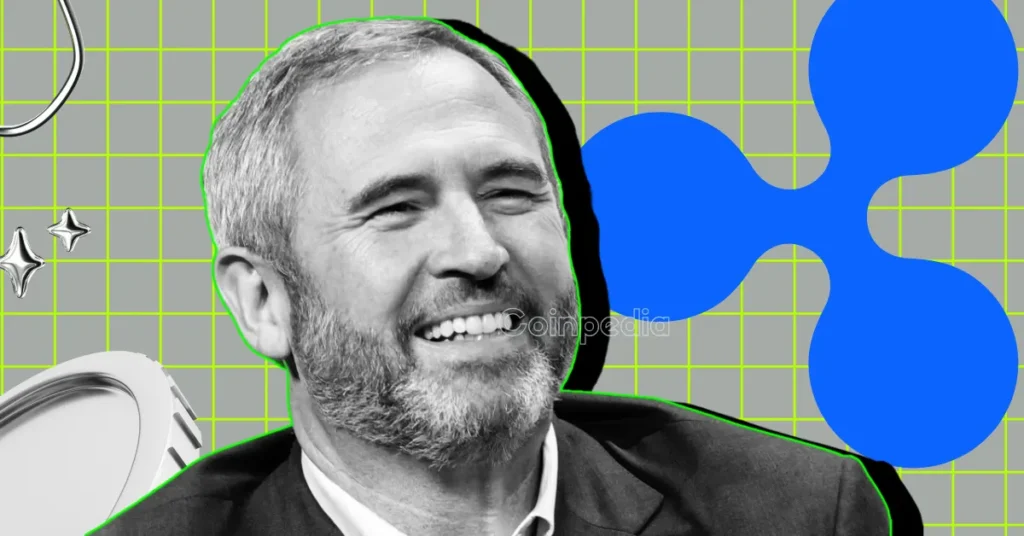
Brad Garlinghouse, CEO of Ripple, has firmly denied circulating reports suggesting the company intended to acquire Circle, the issuer of USDC.
Brad made it clear that Ripple had no intention of purchasing Circle. “He wished Circle well, but he wasn’t thinking about any acquisition,” said Chris Bummer, a Georgetown Law professor who spoke with Garlinghouse directly about the issue at a recent conference.
The clarification puts to rest speculation surrounding a potential deal and reaffirms Ripple’s independent strategic direction in the crypto space.
After weeks of market buzz, rumors suggesting Ripple extended a $5 billion acquisition proposal to Circle have officially been dismissed. Reports had claimed that both Ripple and Coinbase were exploring informal negotiations to acquire the USDC issuer. However, in a strong statement issued in late May, Circle clarified that it is not for sale, shutting down all merger speculation.
Instead, Circle is moving forward with its initial public offering, which is expected to take place this week. The company has revised its valuation upwards to $7.2 billion and will debut on the stock market under the ticker symbol CRCL.
Meanwhile, Georgetown Law professor Chris Brummer points to Ripple’s recent acquisition of Hidden Road as part of a broader strategic expansion. He emphasizes that Ripple’s upcoming stablecoin, RLUSD, is not just another digital asset—it’s designed as on-ledger collateral with transactions transparently executed on the XRP Ledger. According to Brummer, this level of infrastructure is critical for achieving true blockchain adoption.
In addition to its stablecoin ventures, Ripple is also collaborating with the UAE on projects involving tokenized real estate, signaling the company’s commitment to integrating blockchain into global financial and property ecosystems.
Brad Garlinghouse also discussed the negative consequences of public fights among cryptocurrency initiatives, stressing that such conduct jeopardizes the legitimacy and advancement of the sector as a whole. He pointed out that unity and respect are essential if blockchain technology is to gain global acceptance.
Adding depth to the conversation, Georgetown Law professor Chris Brummer noted that Ripple’s symbolic gift of the Satoshi skull wasn’t merely a publicity stunt—it was a thoughtful gesture aimed at fostering diplomacy and goodwill within the crypto community.
Garlinghouse also shared personal reflections on Ripple’s ongoing legal battle with the SEC, recalling how different staff members took varying approaches throughout the lengthy litigation process.His comments emphasized how difficult it is to negotiate regulatory obstacles while promoting innovation.
Contrary to the belief that Ripple seeks to disrupt traditional finance, the company is actually focused on collaborating with it. Ripple’s long-term vision centers around a hybrid financial ecosystem—one where traditional banking institutions coexist with digital assets like stablecoins and tokenized financial instruments. The goal is integration, not replacement.
Chris Brummer of Georgetown Law also provided insight into Ripple’s strategic orientation, speculating that the business will go beyond token platforms and decentralized exchanges in its upcoming acquisitions. Instead, Ripple is expected to pursue prime brokerage firms, fiat-to-crypto on-ramps, and global payment processors—all critical infrastructure for mainstream blockchain adoption.
There are no reviews yet. Be the first one to write one.
